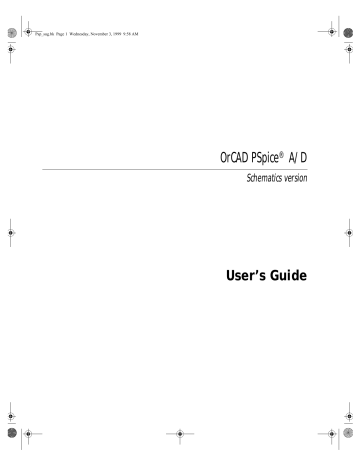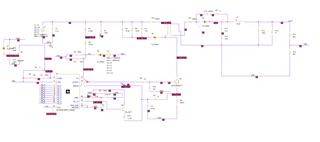
It is possible however to increase the current output (by lowering R3-12-4-10), if you also increase the power supply accordingly and provide enough heatsinking.

The 12 mA output current will be sufficient only for a very small panel or headphone and the amp distorts heavily on larger panels due to current clipping. Don't expect to get much better numbers than this from any hv mosfet design (by the way Lukas, isn't the rise in low-freq distortion caused by your measuring software? Try increasing the fft-size).įrequency range extends from a few hz (determined by C2) to around 60 khz (set by c9,c10 and the output devices internal capacitances). So differentially (over the esl) distortion will probably be even lower. THD is well below 0.1%, if I remember well I measured around 0.02% 1khz and around 0.08 20khz between one output and gnd. Output current is limited to 12 mA (quiescent current setting). Max output voltage swing is over 1900Vtt when ran from a 1kv supply. Opamps add far too much gain here, to achieve good stability you have to reduce their gain in such a way that there is no point in using them anyway. Together with the output stage gain there's plenty to achieve good thd figures. Amazingly this current source even turned out to be pretty stable, I never saw it oscillate.Īs you see I don't use opamps but a current source loaded bc550 transistor as pre-stage. A current source built around a single mosfet this way isn't ideal anyway, but for this purpose it will do just fine. But by using leds as zeners I was able to reduce this current to 20uA so magnitude of this error is small. Which isn't the most elegant solution, the current needed for the voltage reference now flows into the output of the source. Since there are no P-fets available for 1kv, I had to use N-types for the current sources.

The 1 kV supply limitation is to avoid stacked fets. The amp is a bridged single-ended class A design with current source loading. But the end result is not bad at all for actually driving small esls or headphones.

It allowed for easy experimentation with different driver/feedback/etc configurations. Some background information: I actually never designed this amp with the purpose of using it for driving my esl's, I rather built it to have a scaled-down version of bigger things to come without the additional problems of stacked output devices. It should work fine without too much trouble and the schematic is probably a good base for further discussions. I also have to dig up the schematics, I build it a few years ago.īut I do include here the schematic of the 1kv design. Phillip: I will answer your questions, but allow for some time.


 0 kommentar(er)
0 kommentar(er)
